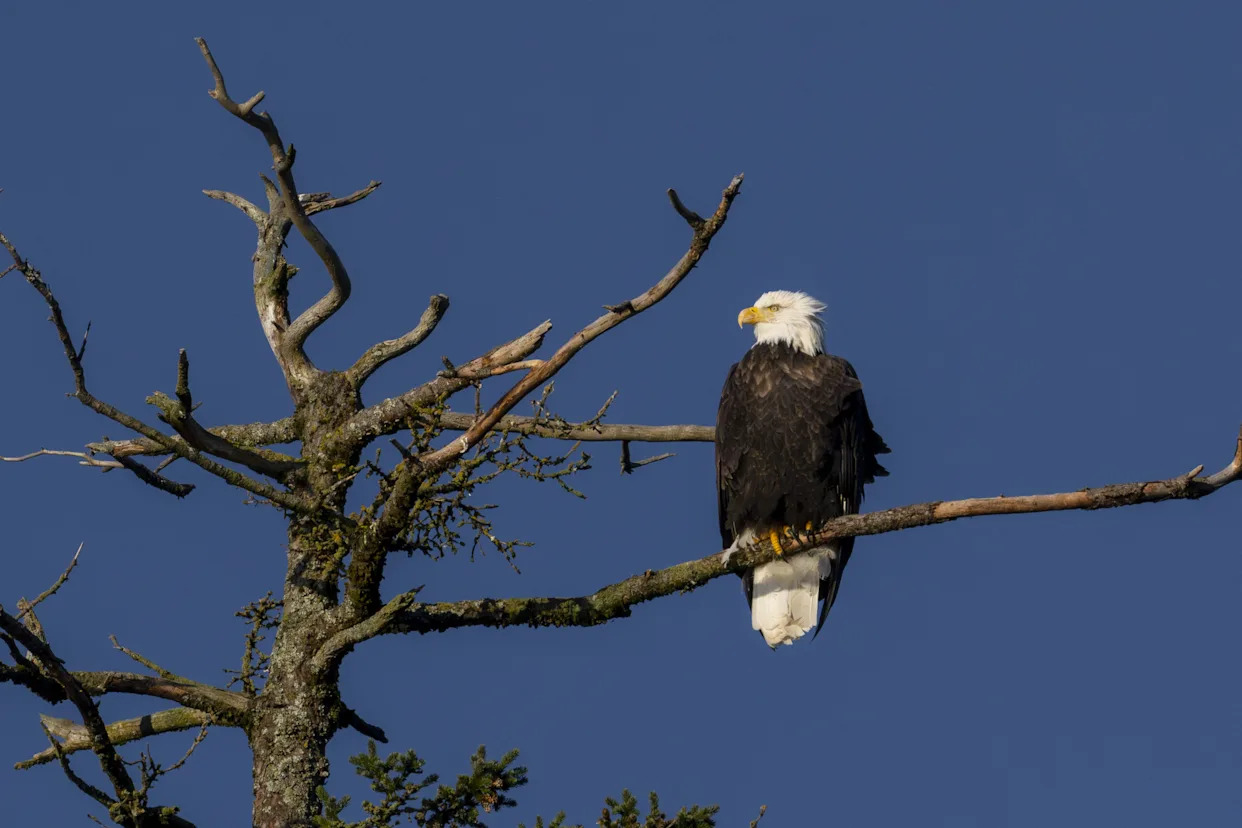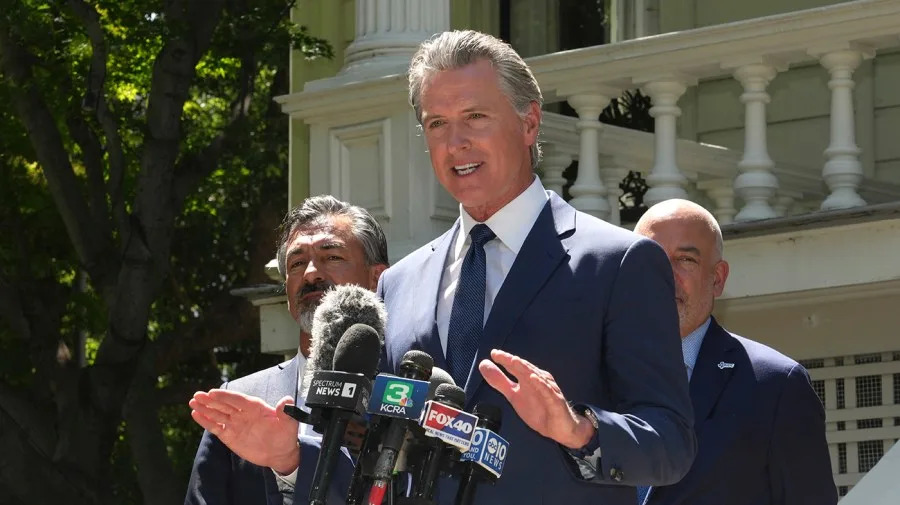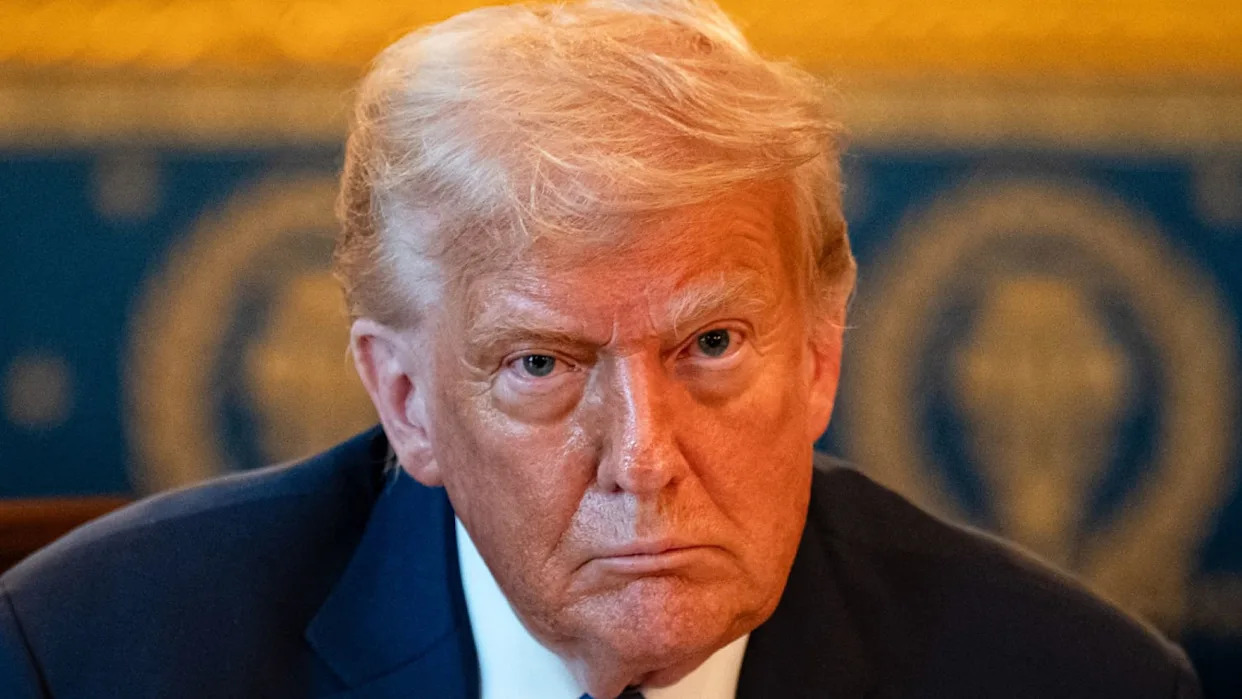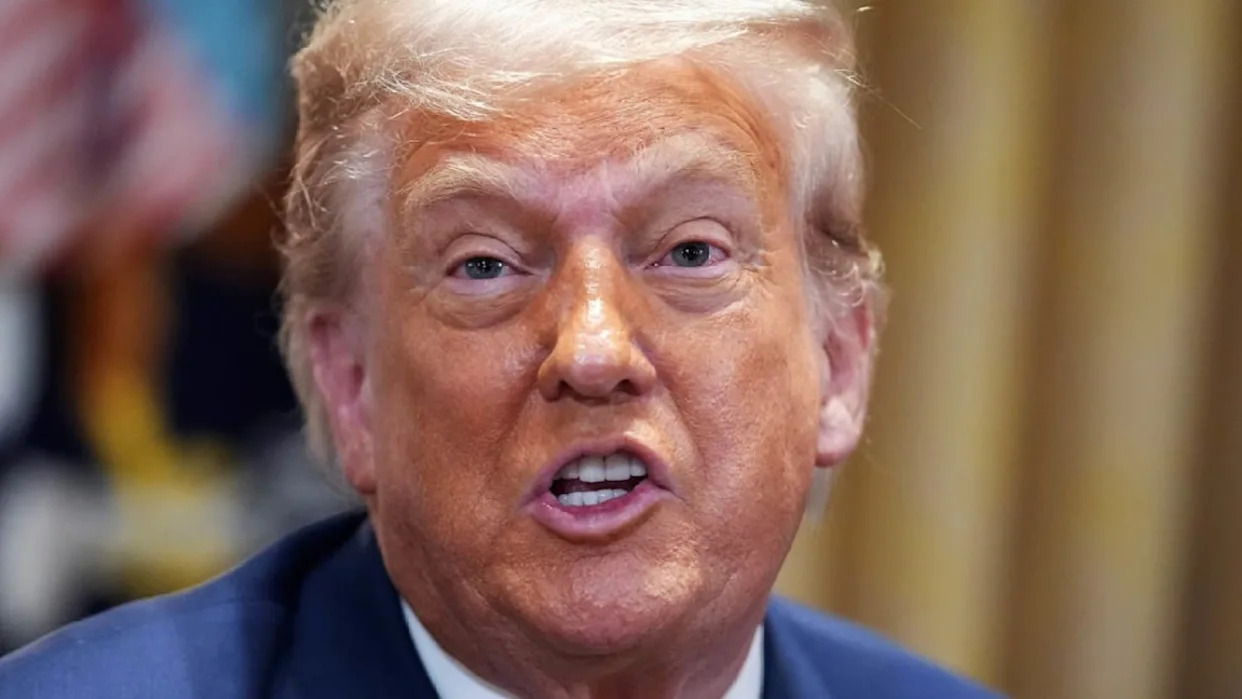
The Trump administration is worried, it would seem, about eagles — like, the big birds of prey with sharp talons and famously good eyesight.
Earlier this month, Interior Secretary Doug Burgum, who oversees endangered species, wrote on X that wind-energy projects kill eagles, including the iconic bald eagle, and his agency would work to protect them from harm.
He even appended a memo to the post that directs the US Fish and Wildlife Service, which falls under Burgum’s command, to enforce an existing law called the Bald and Golden Eagle Protection Act to make sure that these birds are not “sacrificed” for wind power. The law makes killing or harming eagles without a government permit illegal.
One possible interpretation is that Burgum simply cares about birds. Or the bald eagle, anyway, a national symbol.
A more obvious one is that the Trump administration continues to do everything it can to shutter or stall the build-out of US wind farms — which Trump really seems to abhor. That apparently includes suddenly caring about certain wildlife regulations.
To be clear, wind turbines are, in fact, a serious threat to birds of prey, including eagles, and to bats, especially when they’re not built or operated with wildlife in mind. Accurate estimates are hard to come by, though it’s reasonable to assume that turbine blades kill hundreds of eagles per year nationwide. That number is somewhere around 1 million birds per year if you account for all avian species, according to data scientist Hannah Ritchie.
That being said, a much bigger threat to birds is stray cats, buildings, and cars. Cats, alone, kill as many as 2.4 billion birds per year nationwide. Yes, billion.
And another more serious threat than turbines? Climate change — the very problem that wind energy is helping fix. A landmark 2019 report by the National Audubon Society, a nonprofit bird conservation group, found that rising temperatures put nearly two-thirds of North American bird species at an elevated risk of extinction, including golden eagles.
Finally, there’s this: Although bald eagles were once on the brink of extinction, these birds are doing just fine now. Actually more than fine. Between 2009 and 2019, their population in the lower 48 states quadrupled to more than 300,000 individuals, close to historic population estimates. That doesn’t include Alaska — home to the largest bald eagle population in the US — where some people consider them pests because they’re so abundant.
Bald eagles don’t need saving from Trump officials.
The many species that do, meanwhile, are losing protections because of policy decisions by those very same officials. So far, the Trump administration has moved to limit the scope of laws meant to safeguard migratory birds, including eagles, and all federally endangered species, seemingly to loosen restrictions on the oil and gas industry. Separately, in May, the administration took steps to undo federal protections for the lesser prairie-chicken, an imperiled ground bird in Texas that lives atop oil-rich lands. It’s also planning to open up eagle-filled wilderness in Alaska to drilling, cut funding for a bird-monitoring program, and log more US forests, which are famously where birds live.
Ironically, it’s the policies and programs that Trump officials are now eroding that helped save bald eagles in the first place. So if the administration was serious about helping eagles — or the hundreds of other American bird species, from hummingbirds to owls — it’s pretty clear that its actions would look a lot different.






Comments